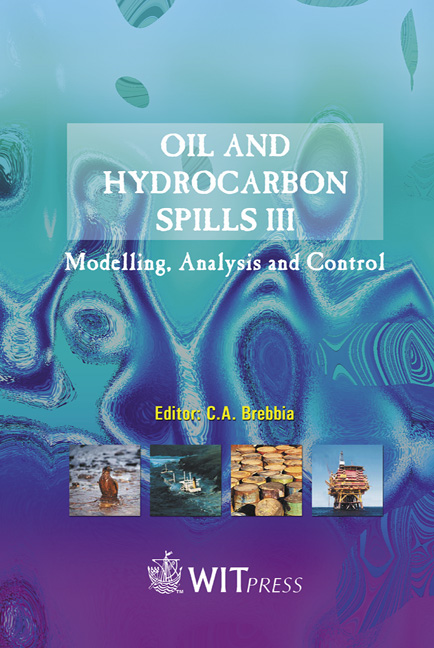Natural Gas Pipeline Accident Consequence Analysis
Price
Free (open access)
Transaction
Volume
59
Pages
Published
2002
Size
260 kb
Paper DOI
10.2495/OIL020421
Copyright
WIT Press
Author(s)
P. L. Metropolo, R. Brasil & A. E. P. Brown
Abstract
Industry licensing activities require safety and environmental studies to enhance safety and environmental prevention and protection applied to the pipeline. After World War II, industry activities have given a great jump in progress but, associated to it, potential accident risk has also been enlarged. Most common accidents like toxic emissions, fire and explosion must be avoided. Risk analysis is a world wise technique used to forseen those undesired events to occur. Accident scenarios consequence analysis was prepared and results presented, as well people vulnerability to the investigated event's consequences. 1 Introduction With the outcome of natural gas fuel exploitation in South America and the increase of energy costs, industry is ready to use this new source of energy. This source of energy uses natural gas as fuel. Natural gas comes from Bolivia field towards Brazil in an 18” pipeline up to the consumers. The total confirmed reserves of the Bolivian natural gas 1s ca. 108 billions m3. Within the Brazilian Program to thermelectrical units installation in the next 20 years, assuming a capacity factor of 70%, the units will consume ca. 16 billions m3of natural gas. Considering preventive and protection concepts, risk analysis was performed, aiming gas pipeline licensing by the federal environmental agency (IBAMA). Hazard identification techniques [1,2,3], such as preliminary hazard analysis (PHA) and event tree analysis (ETA), were utilized. Consequences and vulnerability of potential hazard scenarios were simulated with the software CHEMS-PLUS [4] that also determined the hazard damages to people and materials. Finally, process safety measures were recommended to increase pipeline risk acceptability.
Keywords





